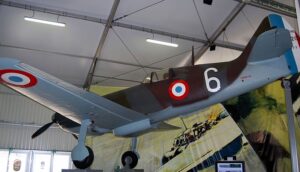Lana de Terzi's Flying Boat Aircraft Overview
Lana de Terzi’s flying boat, also known as the Aerodrome No. 1, was an early experimental aircraft that was designed and built by Italian engineer Enrico Forlanini in collaboration with his assistant, Giovanni Battista “Lana” de Terzi. The flying boat was a significant achievement in early aviation history, as it was one of the first aircraft to successfully take off and land on water.
The flying boat was designed to be powered by a series of small propellers, which were mounted along the length of the wings. The aircraft was constructed from lightweight materials, such as wood and fabric, and was designed to be as aerodynamic as possible in order to maximize its speed and stability in flight.
On March 18, 1905, Lana de Terzi piloted the flying boat on its first test flight over Lake Maggiore in northern Italy. The aircraft successfully took off from the water and flew for several hundred meters before landing safely back on the water. This was a significant achievement in aviation history, as it demonstrated the feasibility of using flying boats for transportation and other applications.
Following the success of the Aerodrome No. 1, Forlanini went on to design and build several other flying boats and other aircraft. While the technology of early flying boats was eventually surpassed by other aircraft designs, the flying boat remains an important part of aviation history, and has played an important role in the development of seaplanes and amphibious aircraft.









